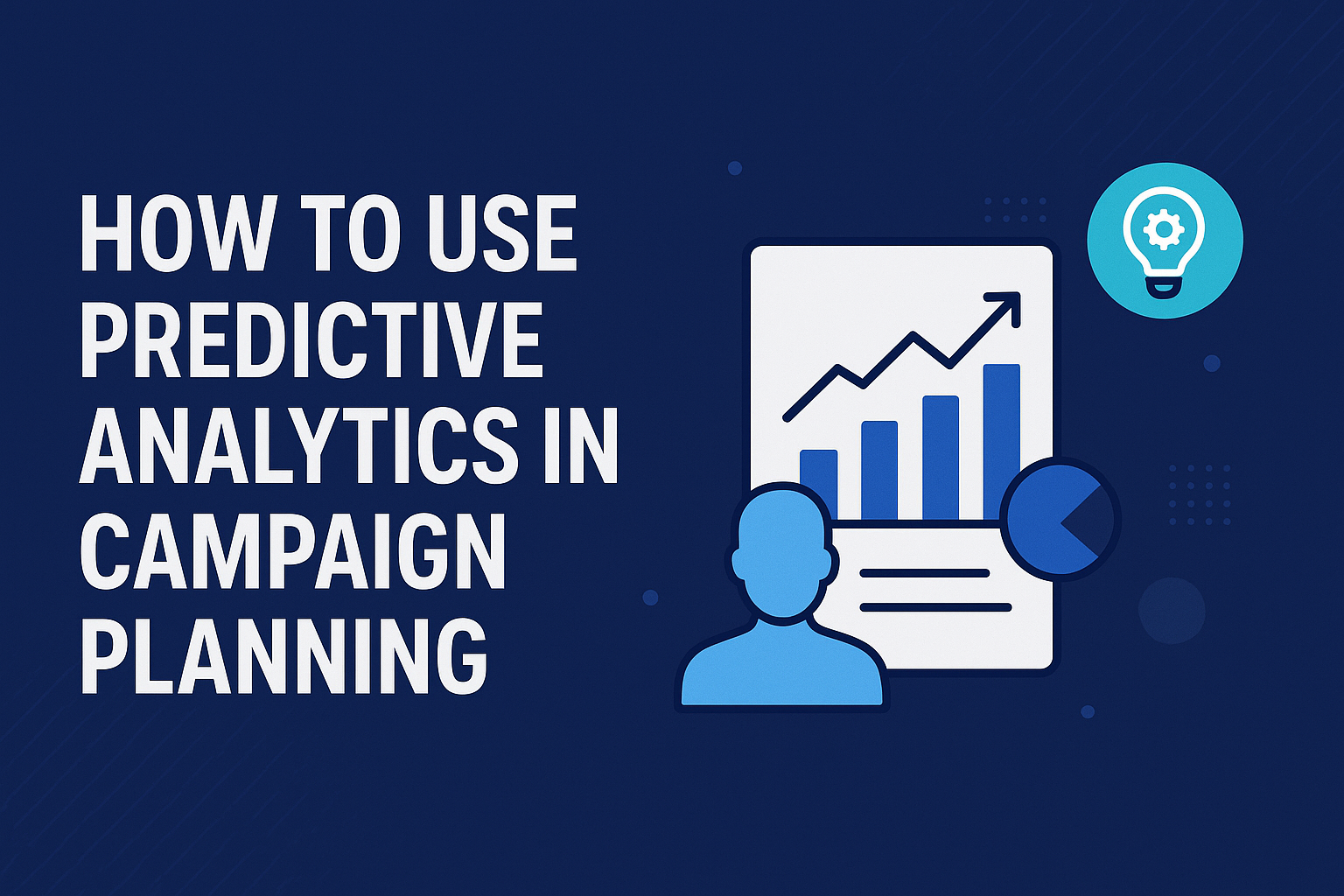
Influencer marketing has matured, and influencer whitelisting is now one of the most powerful tools available for brands to supercharge their paid social campaigns. Instead of relying solely on branded content, influencer whitelisting allows brands to run paid ads through an influencer’s profile offering both social proof and extended targeting capabilities. This hybrid model of paid + organic influence is proving to significantly increase ROI and lower CPMs.
Whether you’re a startup or an established brand, knowing how to use influencer whitelisting effectively can completely transform your ad performance.
What is Influencer Whitelisting?
Influencer whitelisting is the process of gaining advertising permissions from a content creator, allowing a brand to run ads through the influencer’s social media account. This is often done on platforms like Meta (Facebook/Instagram) and TikTok.
With this access, brands can:
- Amplify influencer posts through paid promotion
- Create dark posts (ads that don’t show on the influencer’s feed)
- Control audience targeting, copy, and creative
- A/B test messaging using influencer content
Benefits of Influencer Whitelisting
- Higher Trust, Lower Friction:
Ads from influencer handles perform better than branded handles due to built-in trust and authenticity. - Advanced Targeting:
Brands can use lookalike and interest-based targeting while leveraging the influencer’s identity. - Creative Flexibility:
Brands can test multiple versions of content and tweak copy, CTAs, and audiences. - Improved Ad Performance:
Whitelisted ads often see lower CPCs and higher engagement than traditional ads. - No Fatigue on Influencer Feed:
Dark posts prevent content fatigue on the influencer’s public feed.
Step-by-Step: How to Use Influencer Whitelisting for Your Campaigns
1. Select the Right Influencer
Choose creators whose audience aligns with your brand. Micro-influencers often have higher engagement and are more cost-effective.
2. Negotiate Whitelisting Terms
Ensure your agreement includes:
- Duration of access
- Platforms included (e.g., Instagram, Facebook, TikTok)
- Ad spend limits or approvals
- Creative control details
3. Gain Access via Meta Business Manager or TikTok Creator Marketplace
For Meta:
- Request advertiser access via Business Manager
- Influencer accepts and grants permissions
For TikTok:
- Use TikTok Creator Marketplace or Spark Ads
- Influencer links content to your brand
4. Develop Custom Ad Creatives
Use existing influencer content or shoot custom assets. You can A/B test:
- Ad copy
- CTA buttons
- Headline styles
- Visual formats (Reels, carousels, stories)
5. Run & Optimize the Campaign
Monitor performance through your ad dashboard. Use insights to:
- Scale top-performing ads
- Retarget engaged users
- Expand lookalike audiences
Common Mistakes to Avoid
- Skipping Clear Contracts: Always define terms for ad rights and duration
- Over-targeting: Keep audiences broad initially to test performance
- Failing to Disclose Sponsored Content: Maintain transparency and platform compliance
- Ignoring Influencer Feedback: Their insights often improve creative resonance
Best Platforms for Whitelisting in 2025
| Platform | Whitelisting Option | Advantage |
|---|---|---|
| Instagram/Facebook | Meta Ads + Business Manager | Advanced targeting + trust from handle |
| TikTok | Spark Ads | High engagement, authentic feel |
| YouTube | Content licensing | Powerful for retargeting via Google Ads |
Metrics to Track
- CTR (Click-Through Rate)
- Engagement Rate
- Conversion Rate
- CPM (Cost per 1,000 Impressions)
- ROAS (Return on Ad Spend)
Facts
Influencer whitelisting is no longer a secret weapon it’s a mainstream strategy used by top growth marketers. If executed correctly, it can help you reach new audiences with trust, speed, and efficiency. Combine influencer credibility with paid precision, and you’ve got a campaign that truly performs.
Whitelisting gives brands more control and deeper targeting than simple post boosts.
No. Permissions are granted securely via platforms like Meta Business Manager.
Yes, through Spark Ads, which allow content to be promoted by the brand.
It depends on your campaign typically 30–90 days.
Yes, brands can test different headlines, captions, and CTAs for optimization.



